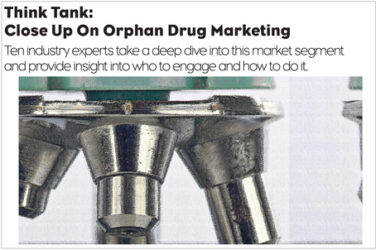When patients understand what they are being told (i.e., have a suitable degree of “health literacy”), they’re able to have a more productive conversation with their HCP team. The result: Smarter decisions that lead to better care and improved outcomes. Poor health literacy, on the other hand, leads to fewer health screenings, poorer preventive measures, and reduced adherence to prescribed regimens.
The U.S. Department of Health and Human Services defines health literacy as the “degree to which individuals have the capacity to obtain, access, and understand basic health information and services needed to make appropriate health decisions.” Yet only 12% of adults in the U.S. have proficient health literacy and, even more disturbing, 14% of adults (30 million people) have below basic health literacy, meaning they can read at only a 5th-grade level. Consider that consumer medication information is written at a 10th-grade level, and the scope of the problem becomes clear.
So how do we help more people better understand their health and that of their loved ones?
Third-party research suggests engaging patients when they are most receptive to information, such as while waiting to see the HCP or in the exam room itself. That also extends to educational materials given to the patient or their caregiver to read later (at home, for example).
But how do we make the material useful? First, remember that the U.S. National Library of Medicine says 6th-grade reading level materials are suitable for most people. Following that guideline helps ensure readers will not only comprehend the information, but also be better able to put it into practice.
Second, patients want to hear from people like themselves. They trust those with similar conditions and want to hear “the same voice” as theirs. Including actual patients in educational materials fosters authenticity.
Third, editorial content should be checked for accuracy with an accredited medical society and, ideally, the appropriate patient organization. Building relationships with such organizations takes time and commitment. So, when patient advocacy organizations ask to “Involve us in awareness and education campaigns for patients, HCPs, and caregivers,” we have found the best thing we can do is to listen and support.
In the end, a commitment to delivering quality, verified content in a convenient and easily consumable tone results in a more informed patient and markedly improved doctor/patient engagement.








